On November 21, the Ministry of Industry and Trade (MOIT) officially launched the Vietnam Logistics Strategy 2025–2035, vision 2050 – the first comprehensive blueprint dedicated to the logistics sector. The strategy positions logistics as a high-value, strategic economic sector, crucial for Vietnam’s supply chain efficiency, trade competitiveness, and integration into global markets.
The Ministry of Industry and Trade held a conference to deploy the Vietnam Logistics Services Development Strategy for the 2025-2035 period, with a vision to 2050.
Key Objectives of the Vietnam Logistics Strategy
Deputy Director of the Import-Export Department Tran Thanh Hai stated: The implementation of the Strategy requires the coordination and participation of relevant ministries, branches, associations and localities to effectively implement this Strategy.
The Vietnam Logistics Strategy sets ambitious targets for the coming decades:
- Reduce logistics costs from 16–18% of GDP to 12–15% by 2035, and 10–12% by 2050.
- Enhance multimodal transport, connecting road, rail, sea, inland waterways, and air.
- Develop modern logistics centers across key economic zones.
- Train a skilled workforce, with 70% professionally trained by 2035, and 90% by 2050, ensuring at least 50% with university degrees.
By achieving these goals, Vietnam aims to improve supply chain efficiency, attract investment, and strengthen its regional logistics competitiveness.
Digital Transformation and Green Logistics
Ms. Dang Minh Phuong, President of Ho Chi Minh City Logistics and Seaport Association discussed opinions at the Conference.
Digitalization is a cornerstone of the Vietnam Logistics Strategy. The strategy promotes:
- Smart logistics solutions, big data, and AI-powered systems.
- Digital customs and real-time cargo tracking.
- Enhanced transparency and operational efficiency across the supply chain.
Green logistics is equally emphasized, encouraging clean energy transport, eco-friendly warehouses, and low-emission operations. These initiatives help Vietnam meet global sustainability standards and expand trade opportunities with environmentally conscious partners.
Infrastructure and Multimodal Connectivity
The strategy highlights the importance of integrated infrastructure. Key measures include:
- Expansion of logistics centers linked to seaports, airports, and industrial zones.
- Strengthening multimodal transport networks to reduce bottlenecks.
- Coordinated planning between the government, local authorities, and private enterprises.
These steps aim to create a modern logistics ecosystem capable of supporting exporters, e-commerce, and domestic supply chains efficiently.
Collaboration and Implementation
The successful implementation of the Vietnam Logistics Strategy relies on cooperation among:
- Government agencies and local authorities.
- Logistics enterprises and industry associations.
- International partners and investors.
Aligning policies, investments, and human resources ensures that the strategy delivers real benefits, modernizes the logistics sector, and strengthens Vietnam’s position as a regional logistics hub.
The Vietnam Logistics Strategy 2025–2035, vision 2050, provides a long-term roadmap for building a modern, efficient, and sustainable logistics sector. With a focus on digitalization, green operations, infrastructure development, and workforce training, Vietnam is set to become a key player in Southeast Asia’s logistics landscape, boosting trade, investment, and national competitiveness.
Source: Industry and Trade Magazine
25/11/2025
 info@mplogistics.vn
info@mplogistics.vn (+84) 28 3811 9033
(+84) 28 3811 9033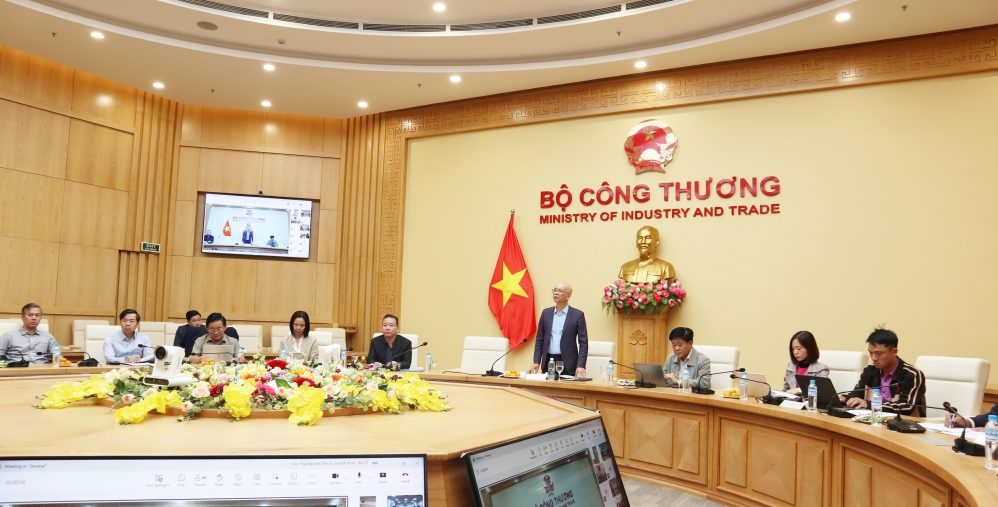
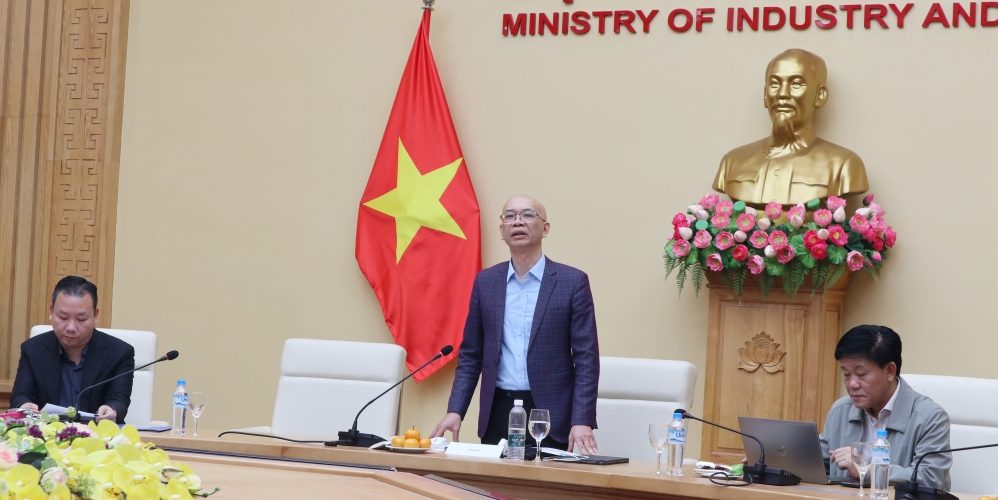
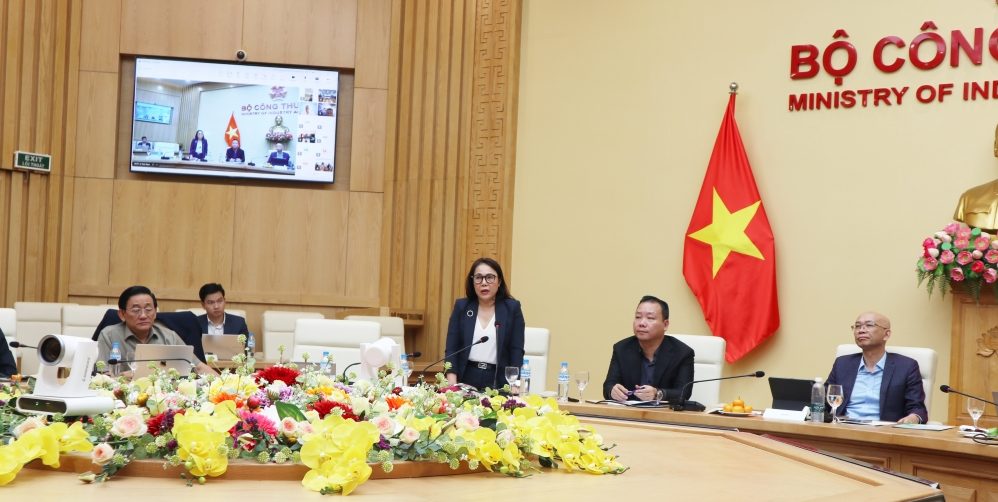
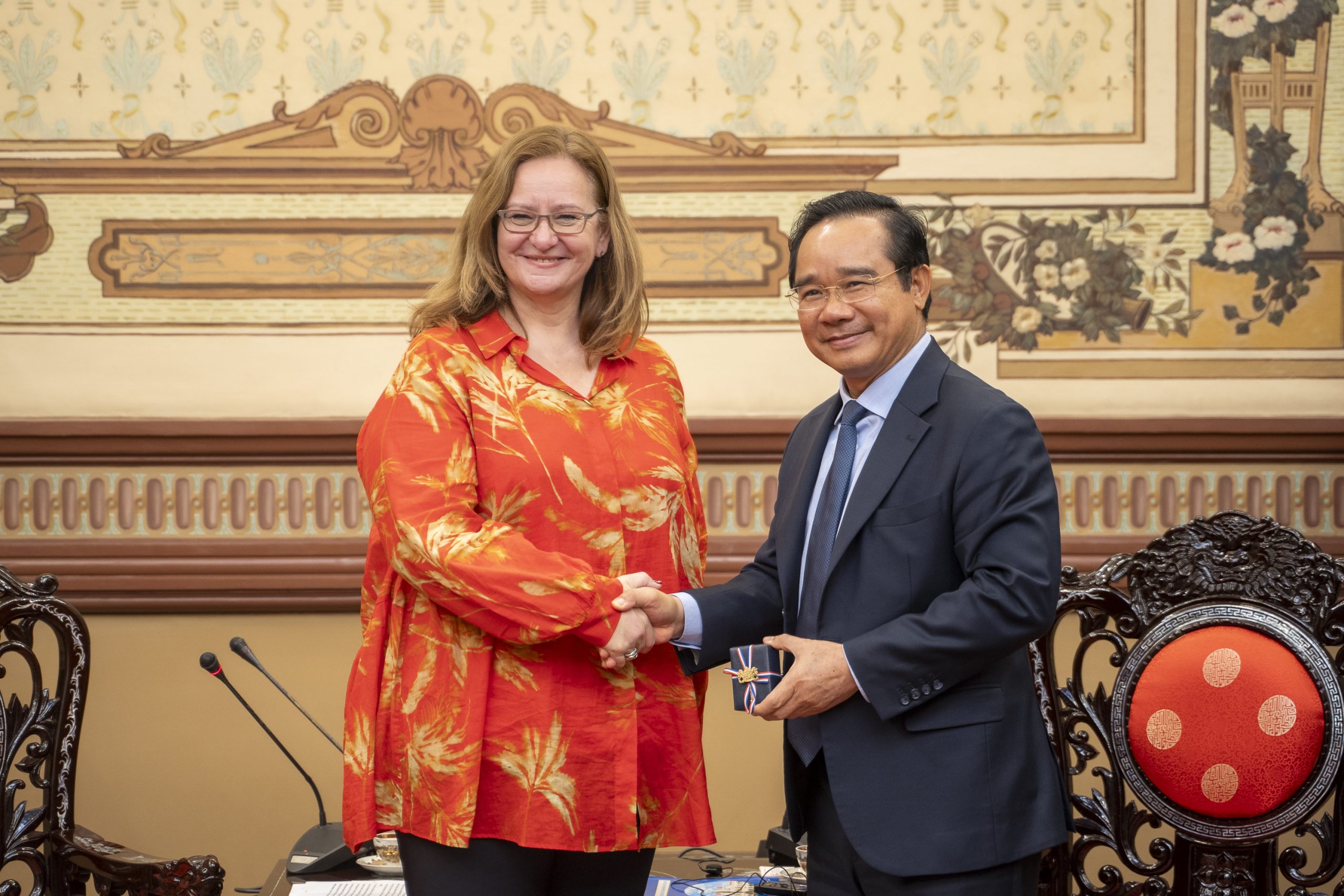
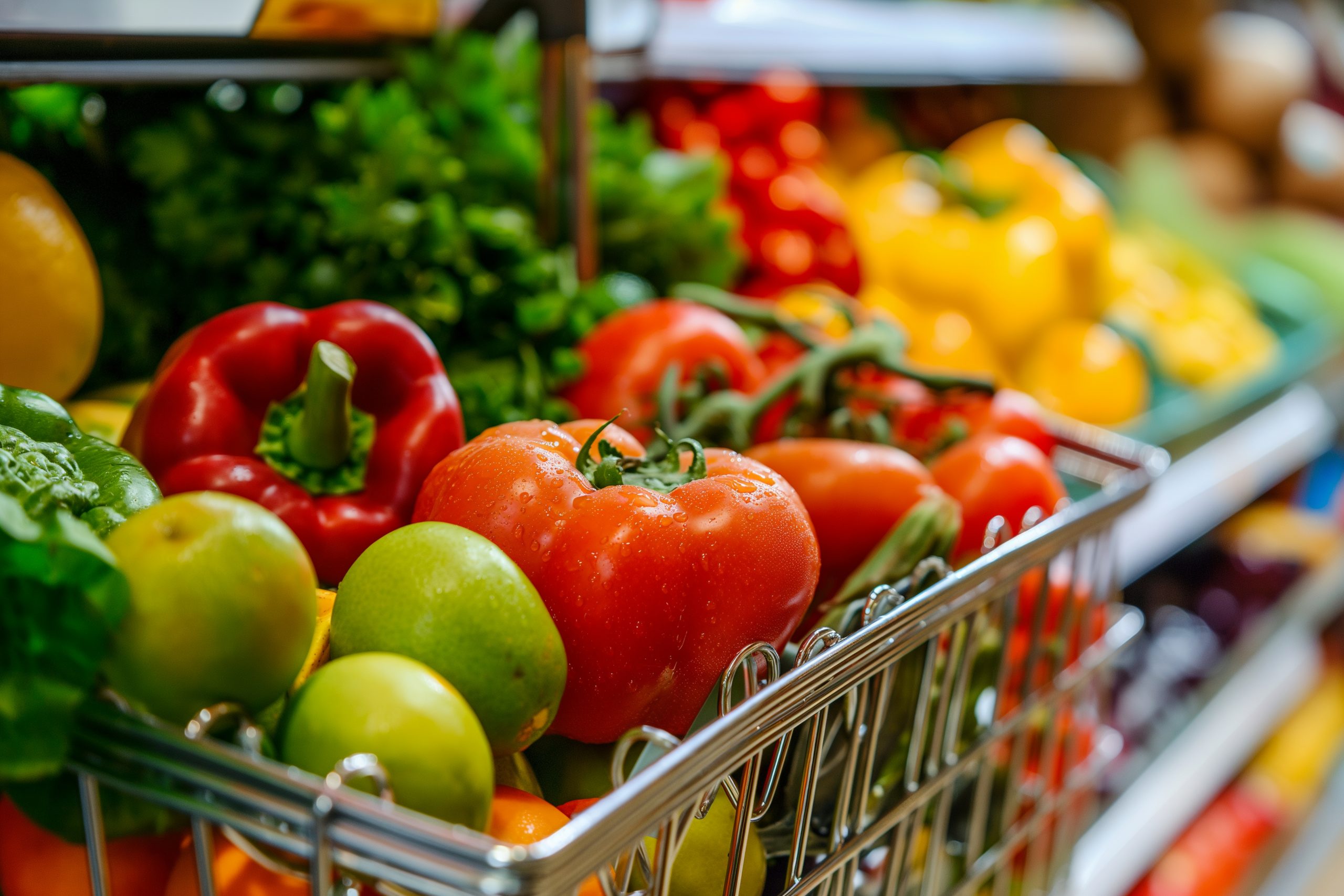


 VN
VN